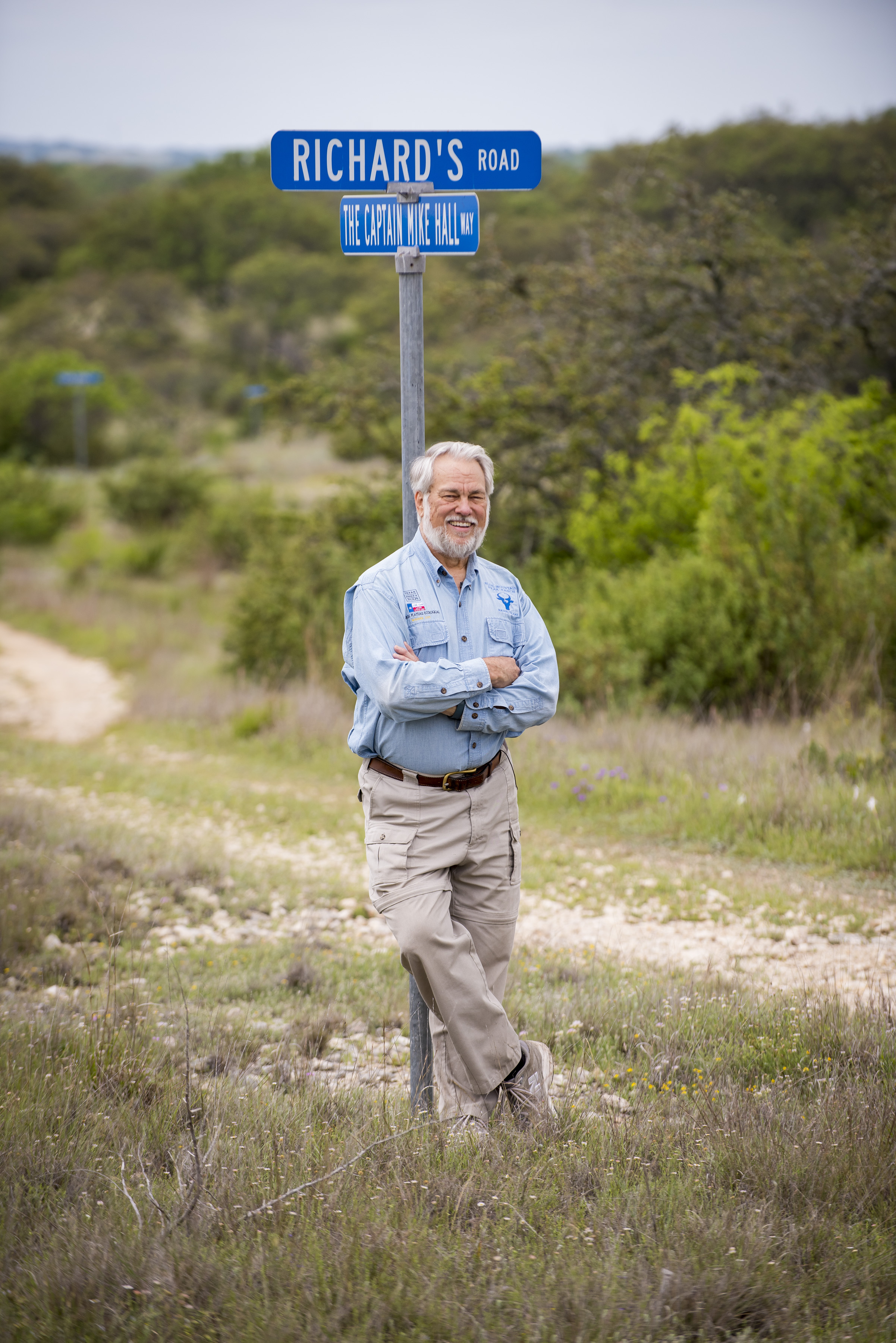 While several years were spent working to clear the juniper and allow the native herbaceous plants to recover, Taylor began applying prescribed fires on segments the ranch every year. With the exception of a 10-acre educational demonstration plot, all of the juniper has been eradicated, bringing back the potential for livestock grazing and the grassland and wildlife benefits that come with proper management.
While several years were spent working to clear the juniper and allow the native herbaceous plants to recover, Taylor began applying prescribed fires on segments the ranch every year. With the exception of a 10-acre educational demonstration plot, all of the juniper has been eradicated, bringing back the potential for livestock grazing and the grassland and wildlife benefits that come with proper management.
The quantity and quality of the ranch flora has thrived under the management of Taylor. Improvements have been made to rainwater catchment and infiltration through increased ground cover, reducing soil runoff and erosion. This has also led to improvements in wildlife habitat for black-capped vireos, Texas horned lizards and spot-tailed earless lizards.
With assistance from the Texas Parks & Wildlife Department, the ranch undergoes an annual deer survey for harvest recommendations and has made significant improvements in buck quality and age structure. To control the feral hog population, feeders are used to help attract and harvest the hogs, which have been captured by the hundreds over the years.
Education is an important aspect of the ranch. The ranch has served as a study site for multiple graduate level projects by Texas Tech on the effects of prescribed burning and for species such as the Texas horned lizard. Beyond the ranch, the Richard and Sally co-founded The Conservation Agency, a scientific, non-profit dedicated to the conservation of natural biodiversity.
"The interesting aspect of the Taylor’s management style is that they didn’t come in here to see what the land could do for them,” says Matt Kast, USDA NRCS Natural Resource Manager. “But rather they wanted to see what they could do to help the land. It’s been kind of a ranch remodeling project, from the ground up, and the results have been very impressive."
 Sign In
Sign In
 Sign In
Sign In
